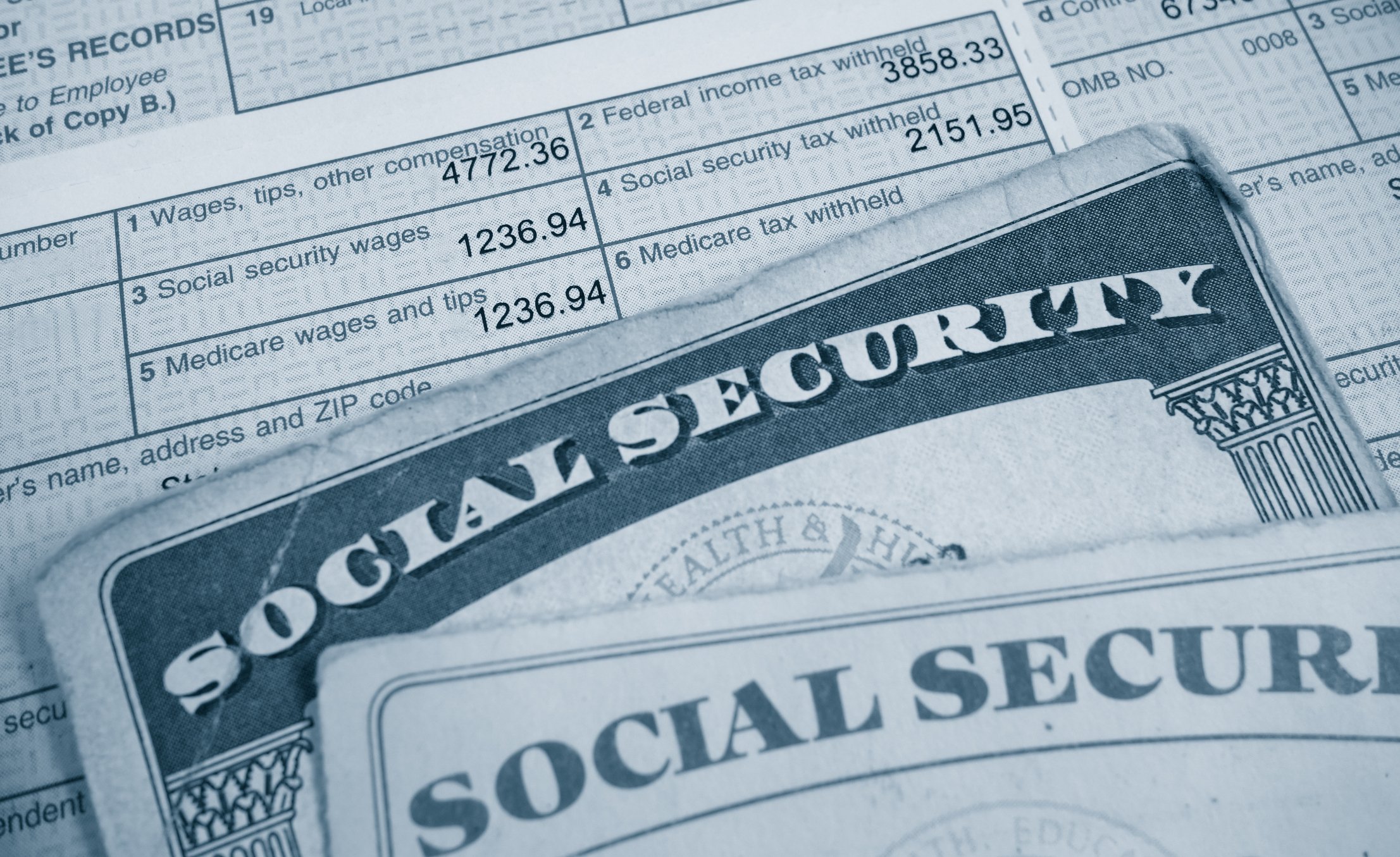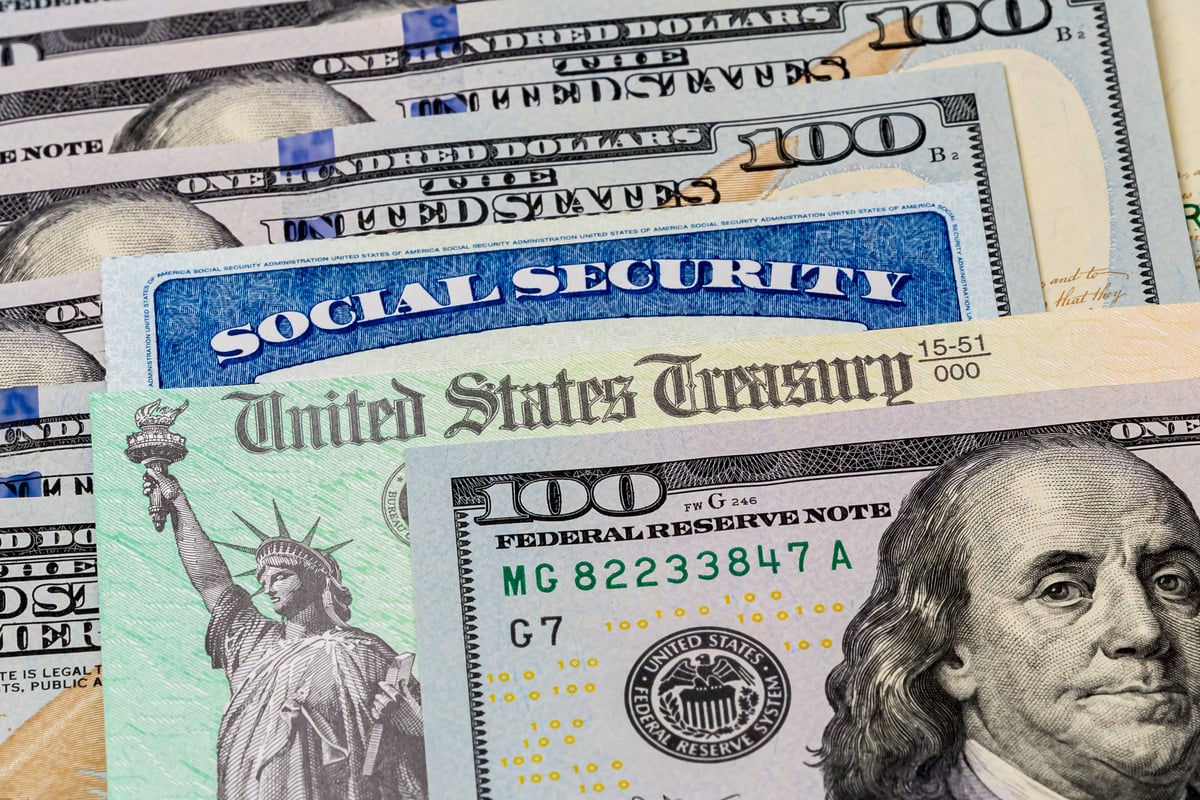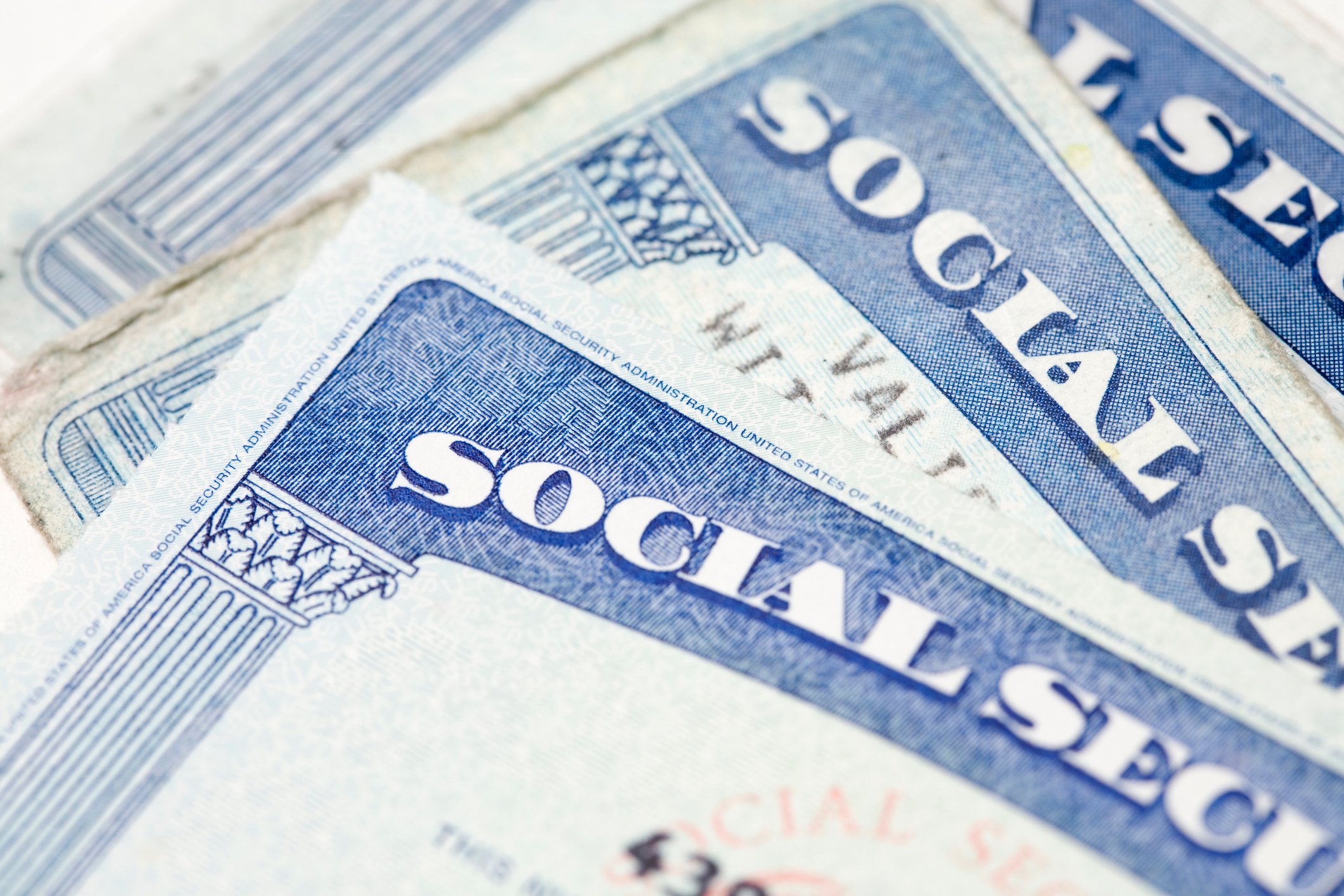For senior citizens, there simply isn't a more important social program, for the time being, than Social Security. Though this could change in the coming decades as medical care inflation outpaces most other expenses, placing more emphasis on Medicare, as of today, more than 3 out of 5 aged beneficiaries rely on their monthly Social Security check to account for at least half of their income. Further, 34% of seniors rely on Social Security for virtually all of their income (90%-plus).
When Social Security was crafted in the mid-1930s and signed into law, its primary purpose was to be a financial foundation for lower-income workers who were too old to earn a living. Today, the program serves a similar purpose, but with added benefits. In addition to retired workers, approximately 175 million working Americans are protected by Social Security in case of a long-term disability or in the event of an untimely death. Should the latter occur, their immediate family (e.g., spouse or children) may qualify for a benefit based on the earnings history of the deceased worker.

Image source: Getty Images.
A detailed look at who receives Social Security benefits
With Social Security having such broad reach, you might be wondering what percentage of benefits actually works its way to senior citizens. (I'm defining a "senior" in this context as someone age 62 and older, the first age of eligibility to receive a Social Security retirement benefit.) Although we don't know that answer with absolutely accuracy, the monthly released Social Security snapshot does provide some insight.
As of September, 62.66 million people were receiving a Social Security benefit each month. This included 46.51 million people who qualified for a retirement benefit, 5.94 million people who received a survivor benefit, and 10.21 million people who were given a Social Security disability payment.
The easiest category to sort out are the retired workers who are, by definition, at least 62 years old. These folks accounted for 43.45 million benefit checks during the month of September, or 69.3% of total program beneficiaries.
Where things get murkier is in the remaining categories. For example, disability benefits can be paid up until full retirement age, which for some workers might entail receiving a check between ages 62 and 66 years and four months (the current full retirement age for those born in 1956). Although most disabled workers are unlikely to be 62 and older, some number that isn't broken out in the latest snapshot undoubtedly are. A quick look at annual supplemental data for 2016 showed that approximately 2 million disability claimants were aged 62 to 66.

Image source: Getty Images.
Similarly, survivor benefits can be paid to nondisabled widows beginning at age 60. Though most survivor benefit recipients are likely to be seniors aged 62 and older, not all of them will be, and the snapshot doesn't break this out.
Even the spouses of retired workers who are currently receiving a benefit can vary. While most are older than 62, more than 20,000 monthly beneficiaries are younger than 62, as of June 2018.
What percentage of Social Security benefits do seniors receive?
To provide even more specificity, we can turn to data provided by the Social Security Administration on beneficiaries by age. As of the end of June 2018, 51.36 million recipients were aged 62 and older. While this gives us the answer we're looking for in terms of number of beneficiaries, it doesn't tell us what percentage of benefits these 51.36 million people are receiving. This is where some estimation comes into play.
According to the snapshot, the 43.45 million retired workers received $61.57 billion of the $81.56 billion divvied out by the Social Security Administration in September.

Image source: Getty Images.
Next, I make an assumption that seniors aged 62 and over account for an overwhelming majority of the nondisabled widow(er)s and the spouses of retired workers, and approximately 20% of all disability insurance payouts. Doing so would cumulatively add a little over $8 billion in monthly benefits paid in September.
Combined, seniors would appear to have received between $69 billion and $70 billion of the $81.56 billion paid out by the Social Security Administration in September. At the midpoint of my estimate, that's 85% of total monthly benefits going to senior citizens.
In other words, Social Security has been and remains a program dedicated to financially protecting older Americans.





